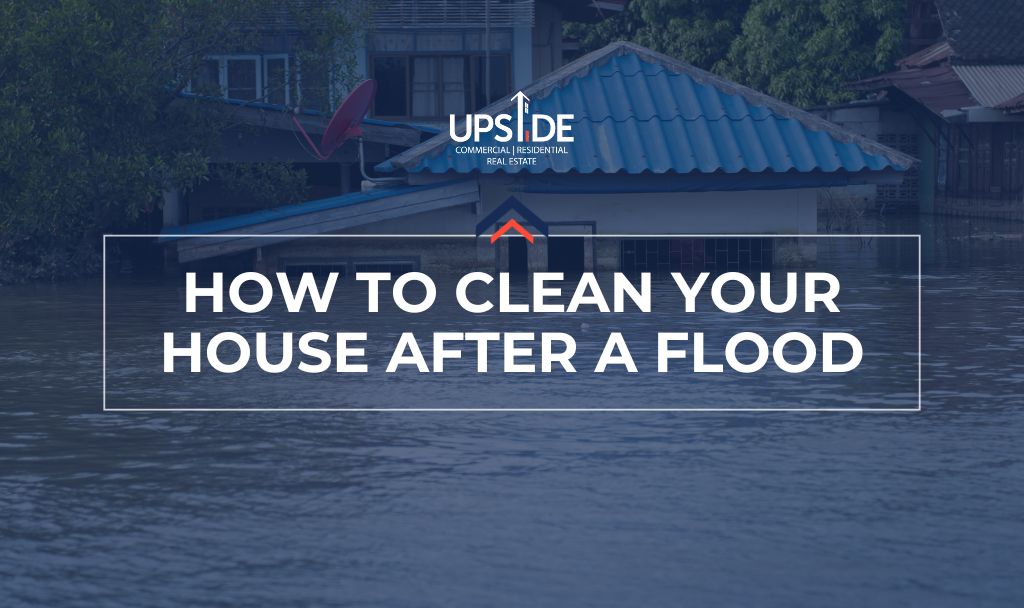With the rainy season upon us, disasters and floods are inevitable. In times like this, we need to be prepared during and after the flood, including cleaning the house. Here are steps to clean your home after a flood to restore your living space and prevent further damage.
Safety first.
Before cleaning the house, follow these safety tips first:
- What to wear: Wear a mask if needed. Put on protective footwear such as boots. Choose clothing that allows for comfortable movement and won’t easily get snagged on protruding materials.
- Precautions: Make sure to turn off the electricity first, then check the structural integrity of the house or parts of the property that may have been weakened due to submersion in water. Be vigilant for broken glass, exposed wires, and other sharp objects.
- Watch out for Pests: Animals, especially pests like roaches and rats, may have gotten into your house. Watch out for them, as these pests can carry diseases, contaminate food and water supplies, and cause structural damage to your property.
How to Clean Your House After a Flood
1. Discard Damaged Items and Debris.

Begin by going through your belongings and deciding what can be saved and what needs to be thrown away. Furniture, carpets, mattresses, and other items that have soaked up water should usually be discarded because they can grow mold and mildew. Throw out any food, drinks, and medicines that have touched floodwater. Bag and seal debris properly to prevent contamination and check with local waste services on how to dispose of large or hazardous items. Removing these damaged items helps reduce health risks and makes cleaning and repairs easier.
2. Check Your Appliances.

Unplug all appliances and check them for obvious damage like rust, corrosion, or water stains. Look closely at motors, electrical parts, and areas where water might have gotten in. It’s a good idea to have a professional electrician or technician check major appliances like refrigerators, washing machines, and HVAC systems to make sure they are safe. Don’t use appliances until they’ve been fully inspected and declared safe; damaged appliances can cause electrical shocks, fires, or more damage.
3. Remove Damaged Flooring.

Pull up and throw away any wet carpets or rugs because they can grow mold and bacteria. For hardwood or laminate floors, look for any warping or separation, which means they must be replaced too. Carefully remove and dispose of the damaged parts while wearing protective gear to avoid injury. After removing the flooring, clean and dry the surface underneath thoroughly to prevent mold before putting in new flooring.
4. Check for Molds.

Check all water-damaged areas in your home, like walls, floors, and ceilings, for mold. Look for dark spots or a musty smell, and don’t forget to check hidden places like behind the furniture, under carpets, and in corners. If you find mold, remove the affected materials immediately and clean the surfaces with mold-fighting products. Make sure to dry the area completely and improve ventilation to stop the mold from coming back. Removing molds is a crucial step you need to do since you might acquire mold illness. It can cause systemic inflammation, mitochondrial dysfunction, and nervous system dysfunction.
If the mold problem is large or you’re not sure how to handle it, it’s a good idea to get help from a professional. Here are professional cleaning services in Metro Manila you might want to consider:
- Mold Busters: https://bustmold.ph/services/water-damage-restoration/
- CMDA Cleaning Services: https://www.cmdacleaning.com/
- Entech Philippines: https://www.entech.com.ph/mold-removal-services/
- Professional Cleaners Philippines Facebook Group: https://web.facebook.com/groups/procleanerphil/
For other real estate-related tips, check out our other blog articles here.






Join The Discussion